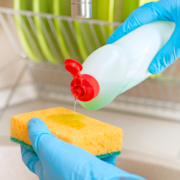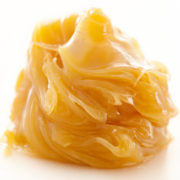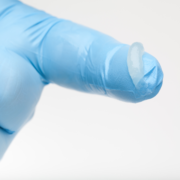Dr. Sharon Jacob (CEO of the Dermatitis Academy) and her research team performed a meta-analysis review of national pediatric patch test data from the last five years and outlined the top allergens found in pediatric personal care products.
They then coined the term Pre-Emptive Avoidance Strategy (P.E.A.S.) to denote those allergens which should be targeted for avoidance. Going one step further, the Dermatitis Academy highlights the products that are free of the top 10 PEDIATRIC contact allergens, their derivatives and cross-reactors in the Simple and Free guideline.
Nickel
Balsam of Peru
Formaldehyde
Isothiazolinones
Cobalt
Cocamidopropyl Betaine
Lanolin
Propylene Glycol
Fragrance Mix
Paraphenylenediamine
Neomycin
Corticosteroids
Other Allergens
Click the links below to learn more about these allergic contact dermatitis associated allergens!
Allergic contact dermatitis (ACD) is affecting 80 million people in the USA! ACD is a delayed hypersensitivity reaction that is diagnosed by an epicutaneous patch test. The patch test relies on diffusion of very tiny hapten-allergens (see below) getting into the skin, where they are captured by antigen recognition cells (dentritic cells). The dendritic cells show their captured hapten to a sensitized T-cell which then activates and causes a rash in the area the patch test was placed. (see video). A sensitized T-cell is one that has memory of the chemical from a previous exposure. With each subsequent exposure to the chemical the T-cell activates, enhances and duplicates itself. (see video) This is different from prick/scratch testing by the allergist. In the prick test a larger PROTEIN based allergen is applied to where the provider has nicked the skin – if the person is allergic a hive reaction occurs usually within 20-30 minutes (based on antibody interaction and histamine).















